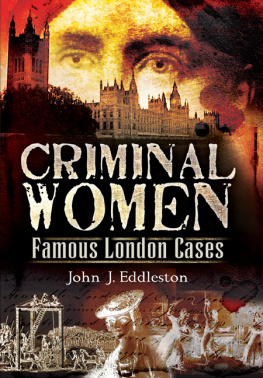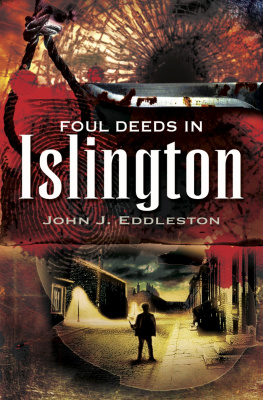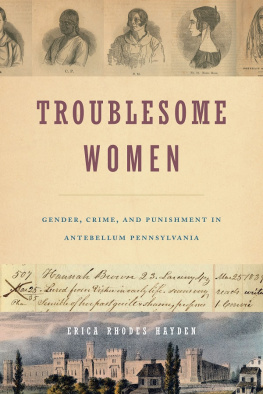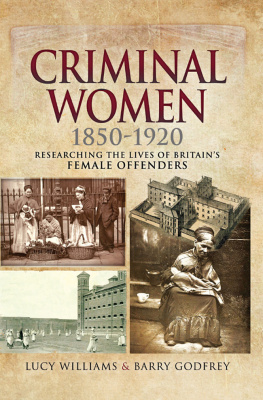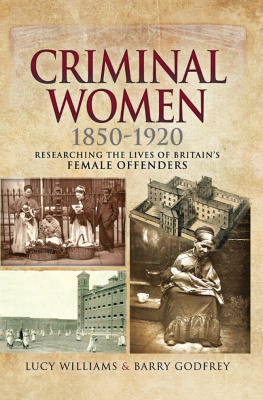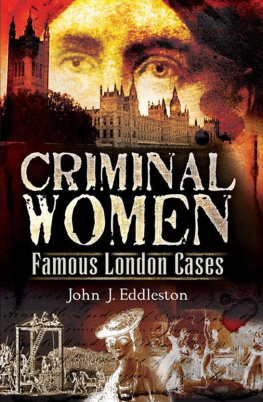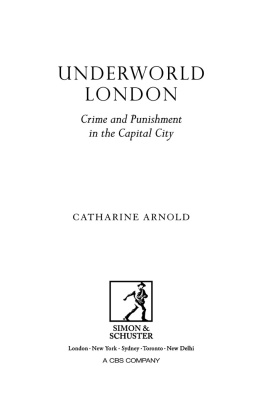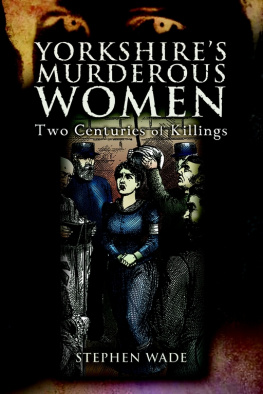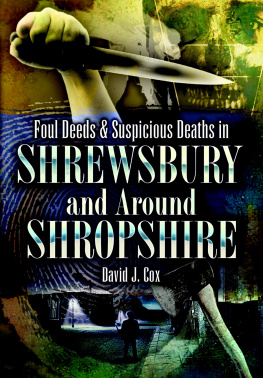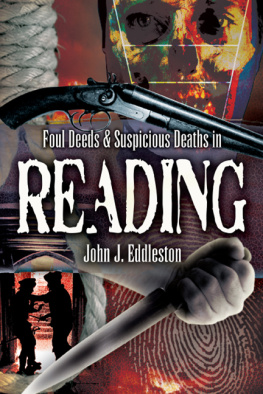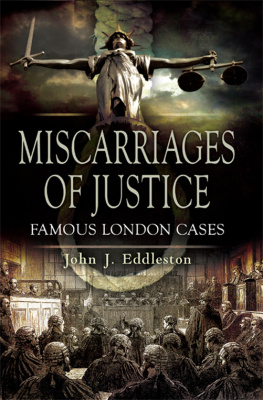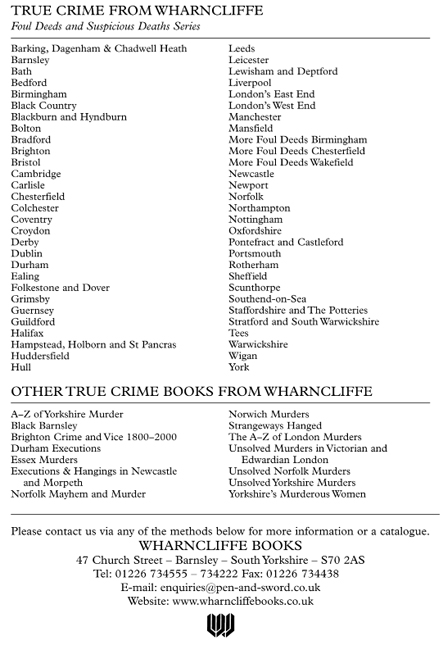

First published in Great Britain in 2010 by
Wharncliffe Books
an imprint of
Pen & Sword Books Ltd
47 Church Street
Barnsley
South Yorkshire
S70 2AS
Copyright John J Eddleston 2010
ISBN 978 1 84563 102 4
ePub ISBN: 9781844683284
PRC ISBN: 9781844683291
The right of John J Eddleston to be identified as Author of this
Work has been asserted by him in accordance with the Copyright,
Designs and Patents Act 1988.
A CIP catalogue record for this book is available from the British
Library
All rights reserved. No part of this book may be reproduced or
transmitted in any form or by any means, electronic or mechanical
including photocopying, recording or by any information storage
and retrieval system, without permission from the Publisher in
writing.
Typeset in the UK by
Mac Style, Beverley, East Yorkshire
Printed and bound in the UK by
CPI
Pen & Sword Books Ltd incorporates the Imprints of Pen & Sword
Aviation, Pen & Sword Maritime, Pen & Sword Military,
Wharncliffe Local History, Pen and Sword Select, Pen and Sword
Military Classics and Leo Cooper.
For a complete list of Pen & Sword titles please contact
PEN & SWORD BOOKS LIMITED
47 Church Street, Barnsley, South Yorkshire, S70 2AS, England
www.pen-and-sword.co.uk
Contents
Chapter 21 Amelia Sach and Annie Walters, 1903
Acknowledgements
I would like to thank a number of people who assisted me in the preparation of this volume.
First, I would like to thank my wife, Yvonne, who proof read every story, suggested improvements, and ensured that I worked to a deadline.
I would also like to thank the staff at The National Archives at Kew, who seem to do all they can to help researchers. It is always a pleasure to visit, and one is always made welcome.
Finally, I would like to thank my publishers, Pen and Sword Books Limited, especially Rupert Harding, and also Brian Elliott, who prepared the final proofs.
Introduction
I s it a truism that men and women have always been equal under the law? Whilst it may well be true that in this present day and age the sexes are treated with equality in British courts, it can be argued that this was not always the case. This is due to a number of factors, which include: the judicial procedure; how women were perceived by society; the types of crime they committed; and the punishments available. Let us consider each of these in turn.
The perception of women in society.
For hundreds of years, men and women were thought to have fundamentally different emotional make-ups, qualities and virtues. Thus, men were the stronger sex, and consequently were perceived to be more intelligent and possess greater courage. Women were more governed by their emotions and were, therefore, modest, chaste and compassionate.
This type of belief led to different social expectations of behaviour. Men were expected to be more violent, and self-centred, and thus more easily prone to commit criminal acts. Women were not expected to exhibit this type of behaviour and consequently, when they did fall foul of the law, they were believed to have succumbed to their emotional side.
The roles of the sexes were looked upon as completely different. Men were the providers who brought money into the house and protected their families. Women were responsible for the upbringing of the children. It is true that many women were forced to seek work, but the opportunities available to them were much reduced. They were domestic servants, teachers, nurses and worked in such trades as clothing manufacture and repair.
Crime and Gender
Men, it seems, were expected to be capable of any crime, including murder, rape, burglary, highway robbery, theft and a dozen other such felonies. They tended to be more mobile within society, whereas women were believed to be tied to the home. This, in turn, suggested that the types of crime that women might commit were based around the home, or possibly their locale. Thus, they were charged with such offences as pick-pocketing, receiving stolen goods, prostitution, keeping brothels, concealing births and performing abortions. In practice, with the exception of certain offences such as rape, women and men committed the same sort of crimes, though arguably in different numbers.
Punishment
Most readers will be aware that until the mid-1960s, certain offences could be punished by judicial hanging. Capital punishment had long been a feature of British justice, and both men and women suffered death at the end of a rope in the twentieth century. Before this, however, certain other punishments would be available to the judge, depending on the offence committed. As to how the law treated the sexes differently, perhaps some basic statistics will illustrate this point.
Research in the Old Bailey records, from 1700 to 1900, reveals details of 114, 292 criminals who were found guilty of various offences. The basic table below shows how these individuals were divided by sex.
At first glance, it would seem that far less women were found guilty of crimes, but it must be remembered that this does not mean that women committed substantially less crime than men. The figures do not include those who were found not guilty, and it may well be that juries were more sympathetic towards women. Though it is undoubtedly true that men did break the law more, there was also more reluctance to prosecute women. However, once women did face prosecution, their treatment was not substantially different to that of the men. Perhaps this can best be illustrated by a more detailed examination of these figures in relation to the punishments received in relation to each sex.
| Number | Percentage of Total |
| Men | 100944 | 88.32 |
| Women | 13348 | 11.68 |
| Totals | 114292 | 100.00 |
| Men |
| Number | Percentage |
| Guilty | 100944 |
| Death | 6116 | 6.06 |
| Executed | 3391 | 55.44 (Of these) |
| Prison | 50064 | 49.60 |
| Transported | 29328 | 29.05 |
| Corporal Punishment | 6272 | 6.21 |
| Miscellaneous | 6677 | 6.61 |
| None | 2486 | 2.46 |
| Unknown | 1 |
| Women |
| Number | Percentage |
| Guilty | 13348 |
| Death | 1015 | 7.60 |
| Executed | 249 | 24.53 (Of these) |
| Prison | 7313 | 54.79 |
| Transported | 3160 | 23.67 |
| Corporal Punishment | 541 | 4.05 |
| Miscellaneous | 943 | 7.06 |
| None | 376 | 2.82 |
| Unknown | 0 |
By comparing these two tables it will be seen that there are, perhaps, just two significant figures. Once found guilty, women were actually more likely to be sent to prison and, once sentenced to death, were also much more likely to be reprieved. Of course, one of those statistics is dependent upon the other since, once a death sentence had been respited, a sentence of imprisonment would be substituted. This would seem to indicate that, to a large extent, the law did treat both sexes equally, but other factors must also be borne in mind.
Next page
